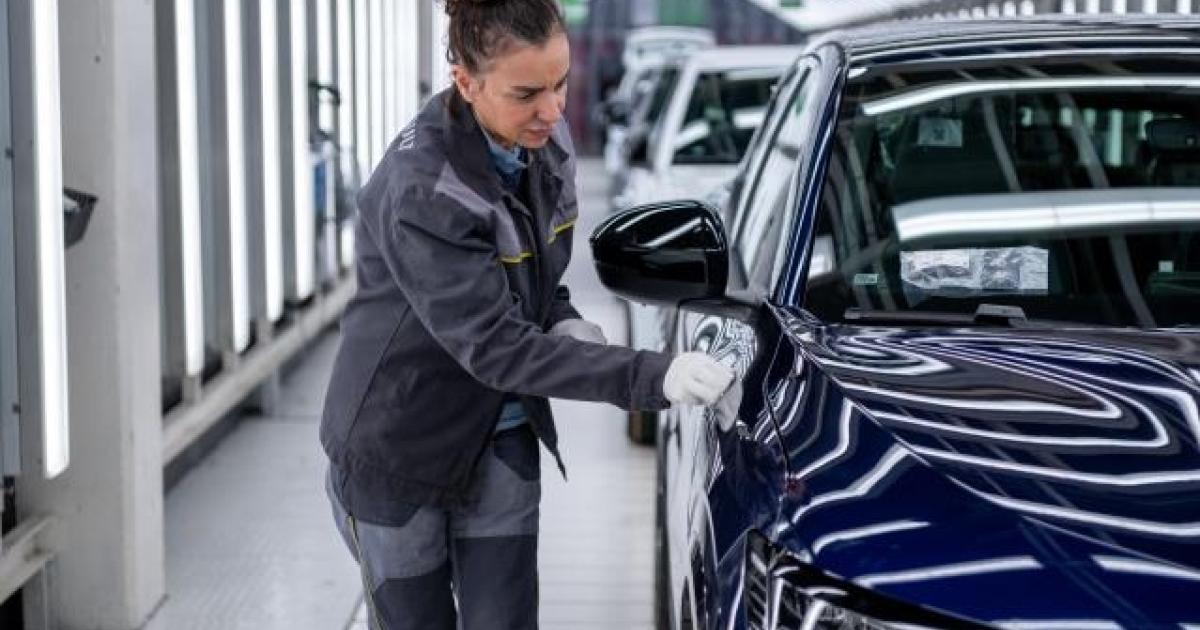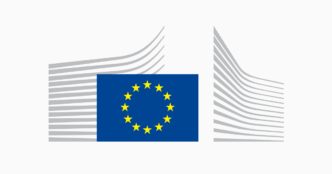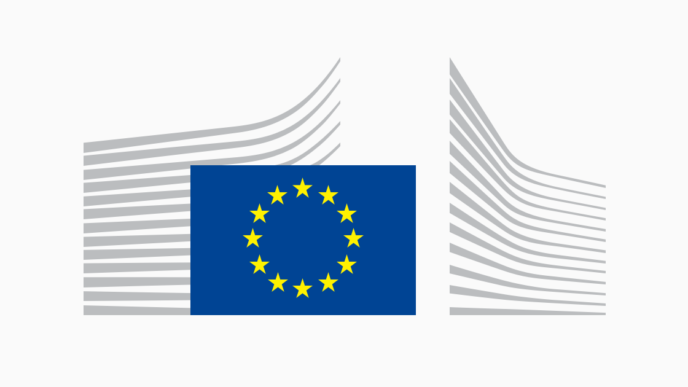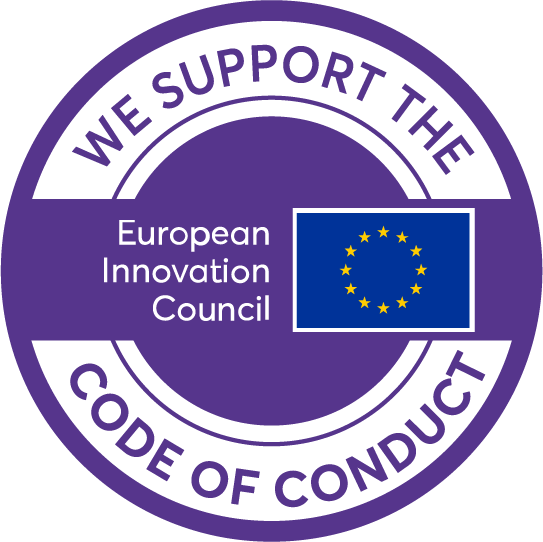Key Findings
The evaluation finds that the Directive’s measures have generally empowered consumers to make more informed choices towards vehicles with lower CO2 emissions and higher fuel efficiency, with overall benefits outweighing the modest costs.
Since its introduction, car-labelling schemes have been rolled out EU-wide, creating a consistent minimum standard that remains in place today. However, the Directive could become even more efficient by replacing printed labels with digital information tools and adopting a single, harmonised label across the EU.
Aligning the Directive more closely with the EU objective of increasing the uptake of zero-emission vehicles, for example by including tailored information on battery-electric and fuel-cell vehicles, would further strengthen its impact.
Next steps
In the ‘Industrial Action Plan for the European automotive sector’ dated 5 March 2025, the Commission announced a review of the Car Labelling Directive in 2026. This review aims to support consumers to make sustainable choices and thereby increase the deployment of zero-emission vehicles in the EU.
Background
Directive 1999/94/EC requires EU countries to provide prospective buyers and lessees of new cars with clear information on fuel efficiency and CO2 emissions. The Directive aims to help consumers choose cars which use less fuel and thereby emit less CO2, and to encourage manufacturers to reduce the fuel consumption of their new cars. As a demand-side instrument, it complements the CO2 emission targets manufacturers must meet under Regulation (EU) 2019/631.














